Why Shibir-backed candidates won the Ducsu polls
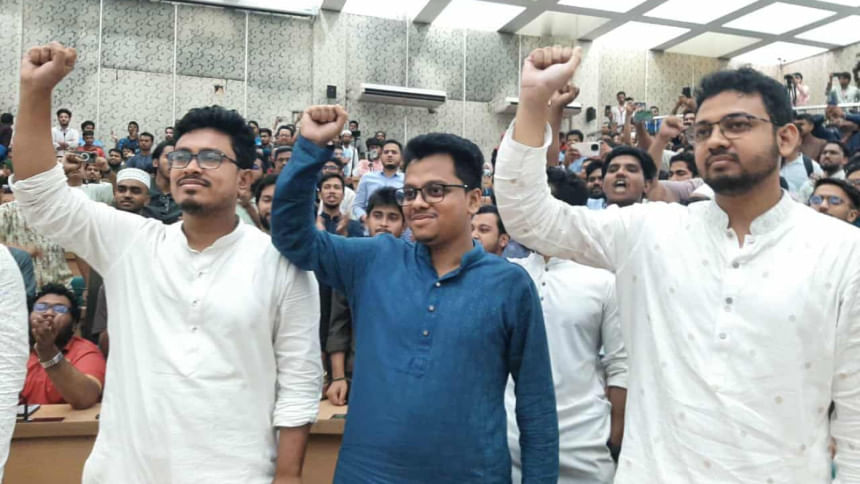
Islami Chhatra Shibir, the student wing of Jamaat-e-Islami, won the top posts at the Dhaka University Central Students' Union (Ducsu) elections with a wide margin, defeating rivals backed by Jatiyatabadi Chhatra Dal (JCD), leftist alliances, and independent candidates.
Shibir-backed Abu Shadik Kayem and SM Farhad secured the leading positions, along with most of the other office bearers. The key question after the election is: why did Shibir succeed while others, despite having strong candidates, could not? The answer lies in organisation, communication style, timing, and student perceptions.
One of the most striking results was the large vote difference between Shadik Kayem and his running mate, SM Farhad. Shadik received nearly 4,000 votes more than Farhad. For many students, Shadik was not just a candidate, he was seen as a symbol of the July uprising on campus.
That symbolic identity gave him extra strength. Many students felt that by voting for Shadik, they were keeping the July spirit alive. This emotional factor helped him go beyond Shibir's fixed voter base.
Shibir began preparing post August 5. They gradually expanded their voter base, working hall by hall and student by student.
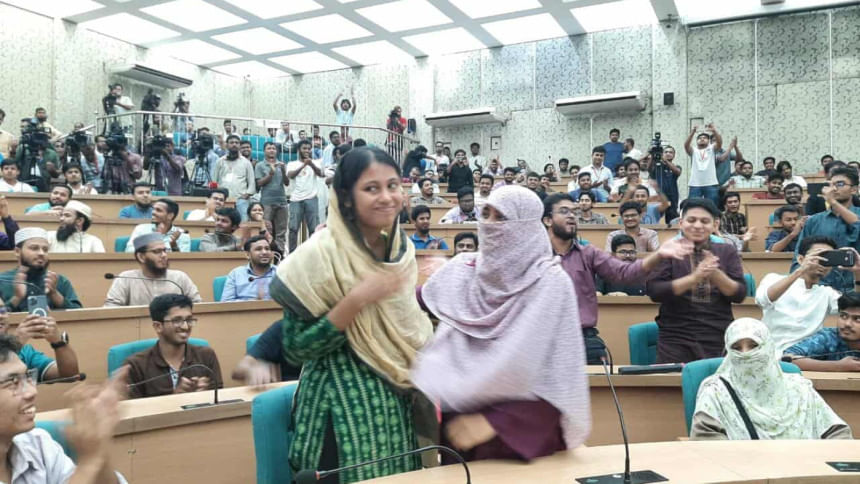
In contrast, rival groups failed to capture the open ground. Bangladesh Ganatantrik Chhatra Sangsad, Protirodh Porshod, Umama Fatema, the left-leaning group, and Chhatra Dal remained fragmented. Instead of engaging directly with students, they mostly held press conferences.
For Abidul Islam Khan of JCD, the main weakness was timing. He entered the race only 13 days before the vote. Despite having a good academic reputation and a personal base of former students, he could not build momentum in such a short time. Many neutral students did not even realise he was a serious contender. If JCD had declared him earlier or formed a panel in advance, his chances would have been stronger.
An important exception was Jagannath Hall. Many students there voted for Abidul as VP and for Meghmallar Bosu as GS. Their calculation was strategic: they believed only Abidul could defeat Shadik for vice-president, and only Meghmallar could challenge Shibir's GS candidate. This tactical voting shows that some pockets of students actively tried to counter Shibir's strength.
The way candidates spoke also made a difference. Shibir candidates like Shadik and Farhad used soft, easy language. They spoke to students like peers rather than politicians, keeping their tone personal and approachable.
By contrast, candidates such as Umama Fatema and Meghmallar relied on heavy political vocabulary. Their speeches sounded like manifestos instead of conversations, creating a gap with the general students. Abidul also lost connection when he was seen campaigning with 10–12 cameras, which many felt looked staged and artificial.

Another factor was perception. Once it seemed clear that Shadik was likely to win, undecided students began voting for him instead of "wasting" their votes on other candidates. This bandwagon effect further widened his lead.
Shibir also gained among female voters, especially in Ruqayyah Hall. A major reason was the groundwork of Islami Chhatri Sangstha, its women's student wing. They had long built networks and often provided social or even financial help to female students.
This created sympathy for Shibir candidates. Importantly, female halls at Dhaka University are less dominated by violent "power politics" than male halls, allowing Shibir's softer image to gain more acceptance.
Meghmallar Bosu secured many votes from non-residential students. His recognition as an activist helped him in this group, but illness during the campaign weakened his presence, and he could not match Shibir's organisational prowess.
Some voters also felt that the Chhatra Dal pursued power-driven policies similar to those of the Chhatra League. Disappointment ran deep over the banned Chhatra League's activities -- such as extortion, tender manipulation, and other practices -- that alienated them from ordinary students. This perception might have prevented Chhatra Dal from becoming a favourable choice, prompting some students to view Shibir as a better alternative.
Another notable point is that Shibir kept a low profile in the media. They avoided overexposure, while Farhad handled most press interactions. Shadik preserved his image by remaining measured and quiet.
In the end, the failure of JCD and leftist alliances was not only organisational but also cultural. They did not adapt to the student mood. Students today prefer softer tones and personal connections over heavy political rhetoric. Shibir understood this and adjusted, while others stuck to old styles.
For example, independent candidate Hema Chakma won a post simply by using casual, lighthearted social media content rather than political speeches. This underlined how much communication style matters to students.
The DUCSU results cannot be explained only by ideology or alleged rigging. The real reasons lie in Shibir's long-term groundwork, soft communication, symbolic candidates, disciplined polling management, and reaching out to female and non-residential students.
Meanwhile, JCD, Bangladesh Ganatantrik Chhatra Sangsad, leftist groups, and independents entered late, stayed divided, relied on heavy political language, and failed to connect with ordinary students.
The lesson is clear: in today's Dhaka University, organisation, perception, and communication style matter more than old political slogans. Shibir understood this reality, and that is why they won.

 For all latest news, follow The Daily Star's Google News channel.
For all latest news, follow The Daily Star's Google News channel. 




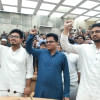


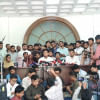

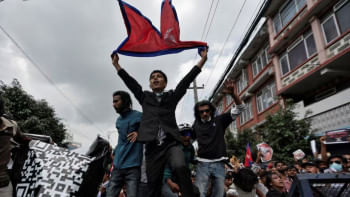
Comments